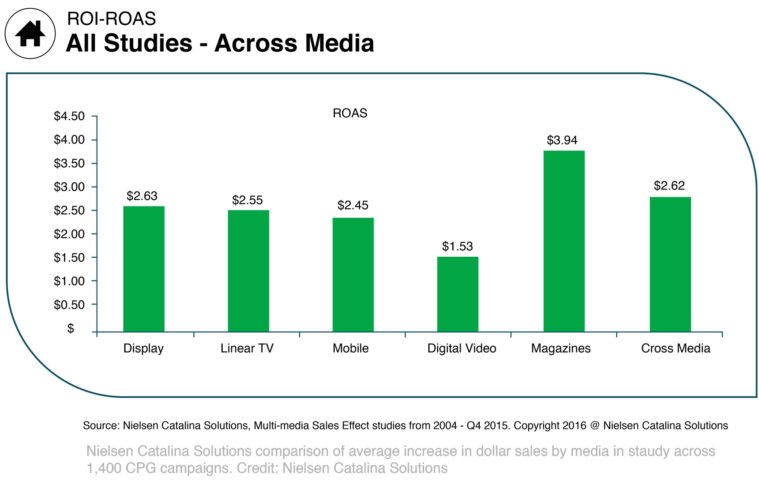Let’s point out the obvious: you are now leafing through a magazine. Or maybe you’re reading this online – in that case, you’re looking at a screen – but this article is still a part of a magazine. Magazines, as we all know, are a classic medium of journalism. You’ll find one in every home, you’ll find one in most if not every café, salon, etc., making magazines extremely accessible. Which is why the concept of print media isn’t going anywhere anytime soon.
We at bazaar appreciate and have embraced digital media (It is the year 2016, after all), but we still vehemently stand by print. There is nothing quite like flipping through a magazine throughout the course of your day, whenever you find a moment of peace. It’s a little more rewarding than watching Netflix before bed, or staring at the little screen of your phone, running your thumb up and down. With this belief, we are proud to serve you with reading material every month. Furthermore, research studies have shown and proven with data, that Print Media is still the most effective method of advertising.
What are we basing this seemingly loaded claim on? A piece published in AdvertisingAge by Jack Neff, that reported a study that was conducted by Nielsen Catalina Solutions. The study took place at the Advertising Research Foundation Audience Measurement 2016 Conference in New York this past June revealing the truth behind the numbers.
This study was unprecedented in the way that it focused on “return on ad spending,” or ROAS, which is essentially the money these companies make versus what they spend on their advertising. Nielsen Catalina uses ROAS rather than the more common term ROI (return on investment) to indicate results measured solely on the dollar spent on media advertising, rather than the overall profit made.

Furthermore, it focused on ROAS exclusively for CPG (commercial packaged goods) across multiple forms of media, and was based on analyzing 1,400 research projects that spanned more than a decade across 450 brands. These projects were commissioned since 2004 by different media companies and brands, and it is a worthy point of mention that the studies were not backed by a single sponsor or industry – unlike most other research products.
Digital video, which people tend to assume would bring in the most numbers, isn’t nearly as effective as magazine advertising, delivering the lowest return of ROAS for CPG in the industry. Magazines delivered the highest ROAS of $3.94 per dollar of media spent. Digital video sunk in at a shocking low, delivering only $1.53. This means, that when merchandisers are excited over putting their product on digital video, they most likely aren’t going to profit from what they spent to advertise said product based on how many people were reached.
This makes sense if you put it into perspective regarding your everyday life. How many times have you come across a pesky ad on YouTube that you wanted to skip? How many of you have downloaded an Ad Blocker attachment to prevent yourselves from seeing these ads? Do you notice that on Facebook you tend to scroll past the sponsored ads on your newsfeed?
Nielsen Catalina’s Chief Research Officer Leslie Wood pointed out the difference between digital and print advertising, and her conclusions led her to pricing. Magazines are still considered the most economic way to advertise, giving the lowest CPM in the study, and digital video the highest — being the highest in demand. “Everybody wants to be in digital video,” Ms. Wood said. “There is very little inventory, so the price is high. It’s the reverse in magazines, which are undervalued in the marketplace.” She said. In this way, advertising through print media, specifically magazines, will definitely give you more “bang for your buck.”
The research that showed sales per household reached indicated that performance of all media outlets were closer in numbers. Magazines produced 26 cents of incremental revenue per household reached, but digital video was still lower at 23 cents per household. Digital display was even lower still with only 19 cents per household. But because it has the lowest cost, it was average in ROAS. This study showed that mainly premium inventory showcased scarcer buys, programmatically speaking.“That cost data for all media came directly from either media companies or brands, so it reflects actual spending, not estimates” Ms. Wood said of the study.

Advertisers could get some benefits with Mobile Advertising, as the study also showed that in terms of sales impact per thousand consumers reached, mobile fared best, but remember that in this study, the average reached only 2% of consumers in the study – which is relatively low in comparison to other forms of media researched. This happens when you automatically delete or disregard those SMS advertisements you come across – but might only look at them if they’re offering a promotion of sorts.
It’s all in the numbers, dear readers. Print media is definitely the most reliable, economical and effective method of advertising – at least when considering advertising for CPGs. Think about all the times you were flipping through our pages, skipped past an ad for a restaurant, apparel, or a service, only to flip back to that page for a minute and to consider trying that place out, or stopping by your closest Starbucks to try that new drink they’re promoting, or simply picking up that new coat from your favorite boutique.
Read it for yourself! Jack Neff’s article on the Nielsen Catalina report at the 2016 Advertising Research Foundation Audience Measurement can be found on www.adage.com.








